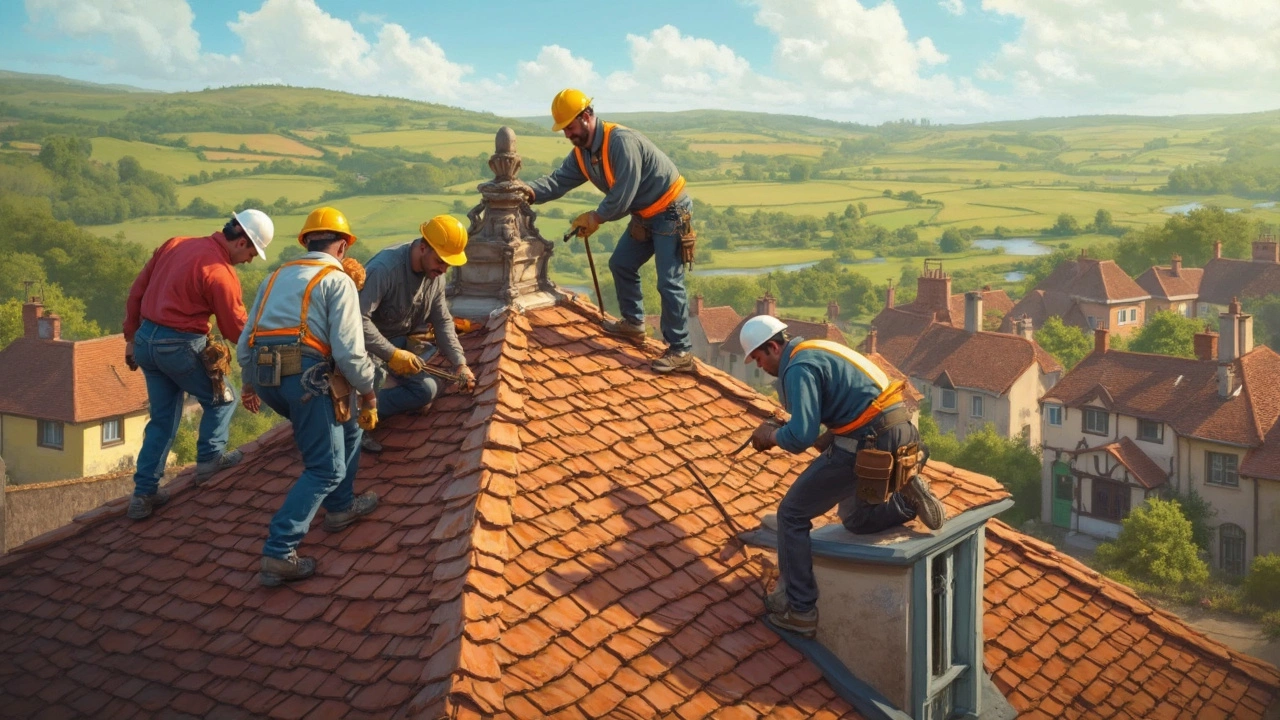Roof Workers: Advice, Tools, and Best Practices
Whether you’re a seasoned roofer or just starting out, the job comes with a mix of challenges and rewards. You need to know the right materials, how to price your work, and the safety steps that keep you on the job site. This guide gives you straight‑forward tips you can use today.
Choosing the Right Materials on a Budget
One of the biggest questions roof workers face is “How can I keep costs low without hurting quality?” The answer lies in picking materials that match the project’s demands. Asphalt shingles are cheap, easy to install, and work well for most homes. If the client wants something longer lasting, consider metal panels—they cost more upfront but last decades and need less maintenance.
Another budget‑friendly option is recycled roofing rubber. It’s light, reduces waste, and can be a good fit for flat roofs. Talk to suppliers about bulk discounts; buying in larger quantities often drops the price per square foot.
Understanding How Roofers Charge Per Square
Clients often ask why their quote looks the way it does. Most roofers charge per “square,” which equals 100 square feet of roof area. The price per square includes labor, materials, waste disposal, and a small profit margin. In most UK regions, you’ll see a range from £90 to £150 per square, depending on material choice and roof pitch.
Always break the quote down for the homeowner: material cost, labor hours, and any extra fees (like scaffolding or roof access). Transparency builds trust and reduces surprise questions later on.
Safety is another non‑negotiable part of the job. Wear a hard hat, secure your harness, and keep a clean work area. Loose nails or debris can cause injuries fast. Before you start, check the weather forecast – rain or high winds make the roof slippery and increase the risk of accidents.
When you’re on a steep roof, use a roof safety belt that attaches to a permanent anchor point. This simple tool can stop a fall in seconds. If you’re working with a crew, assign a spotter to watch for hazards and keep the ladder stable.
Communication with the client matters as much as the physical work. Explain why certain steps are needed, like the underlayment layer that protects the roof deck from moisture. When clients understand the purpose, they’re more likely to approve the extra cost for quality components.
Keeping records of each job helps you improve over time. Note the amount of material used, hours spent, and any unexpected issues. After a few months you’ll see patterns – maybe you always run low on flashing, or a particular roof pitch slows you down. Use that data to refine future quotes.
Finally, stay updated on new roofing tech. In 2025, many roof workers are using drones to inspect roofs before climbing up. Drones give a quick view of damage, help you plan the layout, and reduce wasted time on site.
By choosing the right materials, pricing clearly per square, and following safety basics, you’ll deliver solid roofs and happy customers. Keep these tips in mind on your next job and watch your reputation grow.

Roof Workers: Who Are They and What Do They Do?
Mar 24, 2025, Posted by Damon Blackwood
Ever wondered what those folks up on the roof are called? They're known as roofers, and they play a crucial role in building and maintaining the roofs over our heads. This article explores different types of roofing specialists, what they do, and some interesting facts about the roofing industry. Whether you're curious about their job or considering a career in roofing, here's the lowdown.
MORESEARCH HERE
Categories
TAGS
- foundation repair
- commercial construction
- construction
- new builds
- home improvement
- home renovation
- bathroom renovation
- residential construction
- construction materials
- home foundation
- renovation tips
- building types
- contractor
- foundation cracks
- home construction
- architectural services
- building codes
- construction differences
- home inspection
- kitchen installation